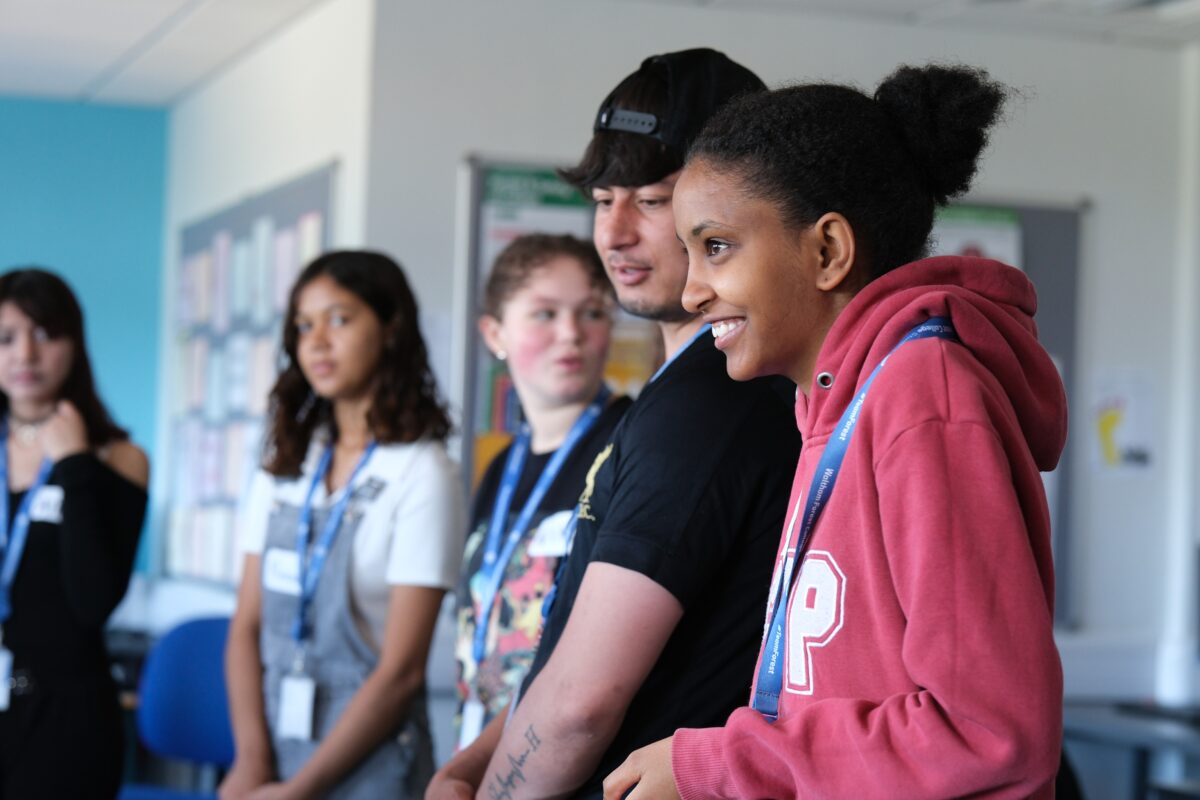Distance learning and the rise of the mid-life career change – how providers can get it right

A new wave of workers in their 50s and 60s are looking for a change of pace in their careers, to improve work-life balance, follow a dream or gain more independence.
In fact, our most recent research found that a growing number of workers are prioritising job satisfaction in the wake of the pandemic, and this has prompted a rise in “returnships” for older workers.
This revolution within the workforce can be seen in enrolment figures: one in eight new students (12%) across our academies, such as the British Academy of Interior Design, British Academy of Photography and British Academy of Fashion Design, are now made up of over 50s learners. And for many reasons, COVID was the catalyst in prompting these changes of direction for older members of the workforce.
The landscape for later life learning
One key factor that’s flown under the radar until the pandemic’s outbreak though, is the role distance learning can play in helping people who need to study alongside an existing job and family commitments.
Learners no longer need to take the plunge and abandon established careers in pursuit of a new passion, but instead have the opportunity to balance study with their current occupation, explore interests and create new, profitable career paths for themselves, increasing bravery in this once unreachable customer segment.
The Zoom boom
As a result, ed tech providers are now faced with an opportunity to grow their student base, tapping into the growing demand for remote learning amongst candidates in later life.
Many have been forced to become more adept with technology too. Where once, digital platforms were the domain of the younger, tech-savvy members of the workforce, changes to working patterns during the pandemic have seen almost everyone integrating some form of the digital world into their lives, whether it’s working from home, ordering groceries online, or joining a family Zoom quiz.
This increasing digital savvy amongst mature learners is opening up opportunities for learning providers to support later life career changers, and increase their target market.
Looking forward – the future of online learning
But getting the balance right remains essential. From working closely with our students we know that face to face time with tutors remains vital for many, and ensuring regular contact with their tutors must remain a priority from both a development and engagement perspective.
What we’re likely to see is a hybrid learning model becoming popular with learners taking on new courses in the coming months and years. With many keen to use adult learning as a social outlet, as well as an opportunity for career progression, regular contact, whether virtual or face to face teaching remains valuable, and providers that offer flexibility are likely to continue to thrive.
As we transition into a new “normal”, and the country gets to grips with what lies beyond the immediate COVID challenges, digital learning platforms must also be ready to respond to the changing demographics that they serve, as more older learners (9%) have their sights set on career changes and new fields of study in 2022.
David Willett, CEO at Further Learning Group











Responses